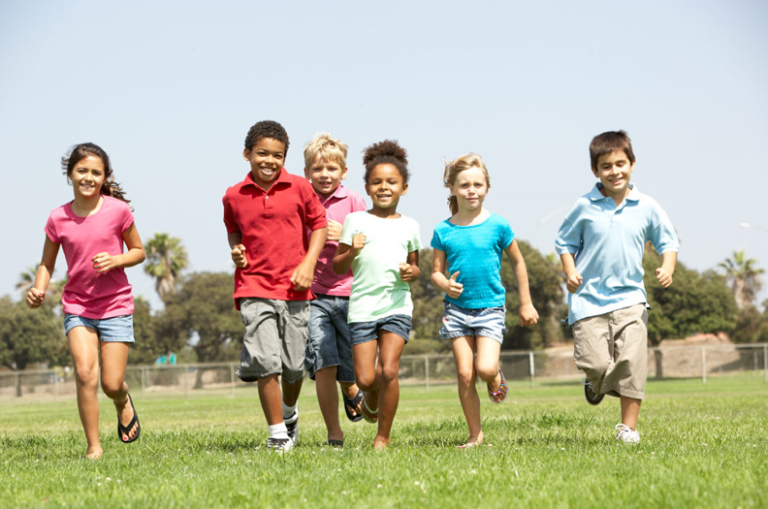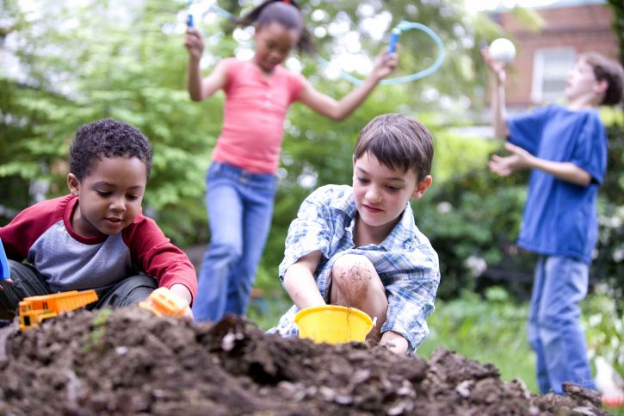By: Cole Morash
For many youth their lives are filled with activities. Whether its hanging out with friends, going to school, playing video games, or a vast variety of the other activity that youth engage in. At first glance there seems to be so many opportunities for youth and so much potential to be part of programs and activities through recreation and sports. It shouldn’t be a problem to find something that suits the needs and wants for someone. However, this isn’t always the case. For many individuals programs are designed to appeal to and meet the needs of the participants who are typically-abled both physically and mentally. Recreation and sport can sometimes be an overwhelming topic of conversation for youth who have a disability. Due to the lack of opportunity, the lack of inclusive and accessible environments, and in some cases a lack of knowledge about programs, many who are looking to get involved stop the search for involvement due to the lack of opportunities. For others the whole process may be too overwhelming to begin with. In youth development having recreational and sport experiences can help create a positive and safe atmosphere for development and helps create learning through experiences and interaction with other youth. These atmospheres help encourage and build healthy life skills such as leadership, confidence, and building relationships with both peers as well as positive adult relationships with coaches and leaders. With the help of organizations that span nationwide like Special Olympics Canada all the way to smaller organizations like Para New Brunswick, these organizations look to provide youth with disabilities the ability to have access to recreational and sport activity with others who share similar experiences to help create these positive life skills in a positive and safe environment.
In many community recreational programs there is an inconsistent adoption of inclusion within their programs. As a result of this, there are barriers that stop youth with disabilities from joining recreation and sport programs (Scholl, Smith, & Davison 2005). Some of these barriers include lack of inclusion, lack of accessibility, and lack of support. Most programs are designed under the impression that their participants are all of equal capability and because of this there may be low registration of youth with disabilities in recreation and sport programs. Having the feeling of being isolated or feeling different from a group due to a disability can be common fear and may discourage youth from joining. Due to lack of funding, a lot of programs do not have the resources to help out youth with disabilities.(Scholl et al., 2005). Without these resources, it can make programs hard to access. For example, for youth with Cerebral Palsy to access a swimming pool, they may need assistance from a lift to help them into the water. However, if there is no lift, then these recreational activities become hard to manage or are even inaccessible. With lack of support, youth feel as if they cannot talk or connect with anyone and because of this it puts them in a position where they feel alone even though they are with other youth in a recreational environment. When we look into ways of overcoming these barriers and creating better environments for youth with disabilities, we create opportunities to provide programs that will help build these skills, such as creating healthy peer relationships, leadership skills, conversation skills, and overall providing inclusiveness and welcoming environments for everyone.
The effects of physical activity are important when developing healthy habits and to living healthy lives. During adolescence if youth develop a healthy relationship with physical activity, they are more likely to follow through into adulthood and become active for life. In a study done about parental support and sport participation for youth with a mobility impairment, they found that youth with mobile disabilities are more likely to be physically inactive compared to other youth who are able-bodied. However, in the results of the study, they found that these youth with mobile disabilities who took part in physical activity programs were more likely to experience an increase in physical activity, a boost in confidence, and teamwork which overall created a positive experience for the participants of the study.( Shirazipour, Latimer-Cheung, & Arbour-Nicitopoulos, 2015 ). When creating this positive environment for physical activity in recreation and sport youth with disabilities can find positive outcomes for not only their physical health, but also with social aspects in their life creating confidence in there abilities and being encouraged to enroll in other programs.
With organizations such as Para New Brunswick and Special Olympics Canada, programs provide a community for participants by taking into the account the effect community has in the lives of the participants. Being part of a community helps people feel better about themselves, increases social interaction with others, as well as provides a safe space for people to be. These programs are important resources when it comes to recreation and sport for youth with disabilities because it gives a chance to participate in a program where their needs can be meet and inclusion is always available. Everyone in life looks to be a part of a community through these organizations they feel they can be involved in and provide atmospheres that encourage fun, development, and inclusion. In 2017 people with disabilities made up 22.3% of the population of Canada (Morris, Fawcett, Brisebois & Hughes 2018). With such little representation these programs help bring individuals with similar experiences together to help create a community. These interactions are important because it is hard especially for youth when they feel like they are different because of something that effects their life. By having this community and taking part in activities, youth who have similar situations can work to create positive relationships as well as making new friends with other peers who have similar experiences.
Adolescence is an important part of development in life, through the experiences of recreation and sport, youth can develop skills and lessons that help learn and develop throughout their lives. When focus is put on providing inclusive and accessible environments in recreation and sport, it helps provide confidence and encouragement when it comes to youth with disabilities and gives them an opportunity, they might have not known they had. This helps these youth see that they are not defined by their disability and through support and hard work, there is no limitations to what they can accomplish. With all of these positive benefits for recreation and sport, youth with disabilities should not be forgotten about, rather there should be more done to encourage and provide programs for youth with disabilities. The benefits of being part of a recreation or sport program allow for participants to feel a sense of community which then helps increase their social capital and have access to more resources and other communities. At the ended of the day, youth, no matter their ability, deserves the right to take part in activates that make them happy and not have to worry about accessibility or inclusion. Youth deserve the chance to take part in the activities they want to and not be stopped or limited because of their disability.
References
EXPERIENCE THE POWER OF SPORT. (n.d.). Retrieved November 05, 2020, from https://www.specialolympics.ca/participate
Mission. (2020, May 15). Retrieved November 04, 2020, from http://www.paranb.ca/about-2/mission-vision/
Morris, S., Fawcett, G., Brisebois, L., & Hughes, J. (2018, November 28). The 2017 Canadian Survey on Disability and community interest in the areas of disability prevalence, labour market participation, and income inequality. Retrieved November 04, 2020, from https://www150.statcan.gc.ca/n1/pub/89-654-x/89-654-x2018002-eng.htm
Shirazipour, C. H., Latimer-Cheung, A. E., & Arbour-Nicitopoulos, K. P. (2015). An exploratory qualitative investigation of psychosocial determinants of parental decisions to support sport participation for youth with a mobility impairment. Research in Developmental Disabilities, 45-46, 400-410. doi:10.1016/j.ridd.2015.08.001
Scholl, K. G., Smith, J. G., & Davison, A. (2005). Agency readiness to provide inclusive recreation and after-school services for children with disabilities. Therapeutic Recreation Journal, 39(1), 47-62.




